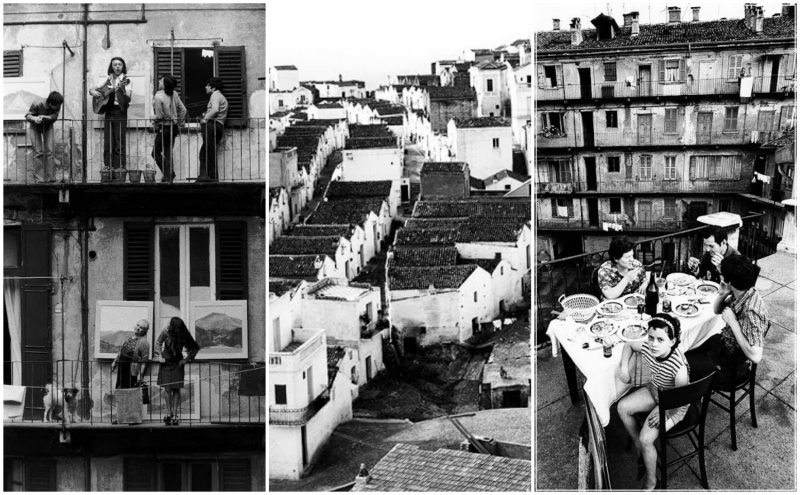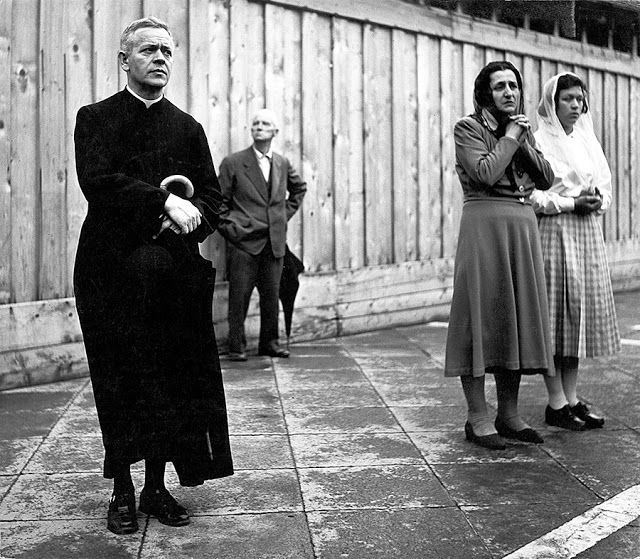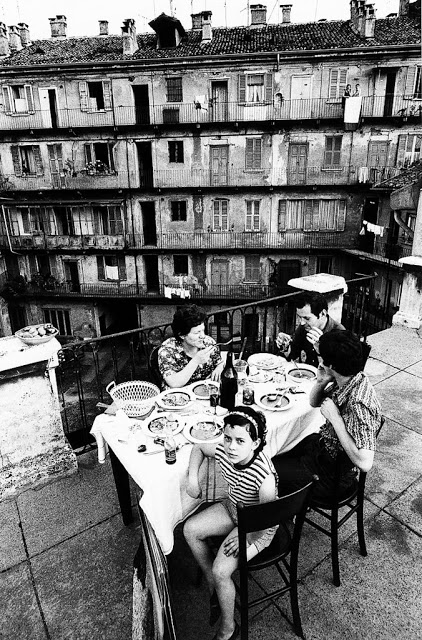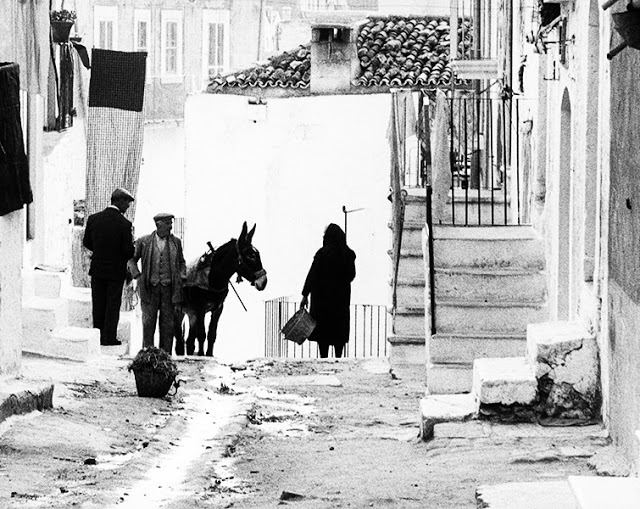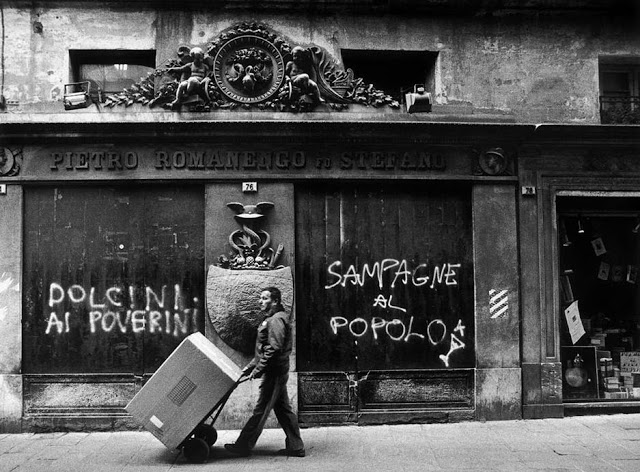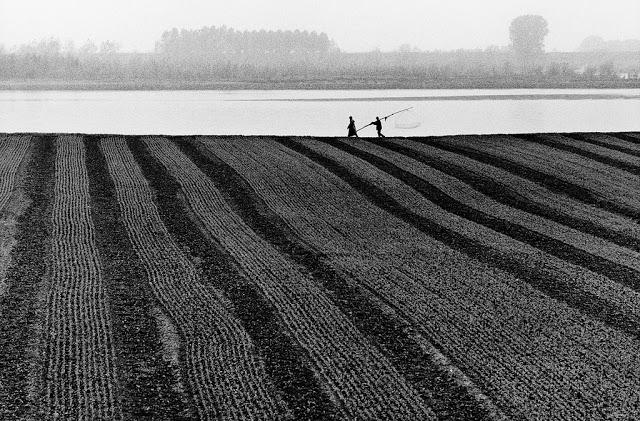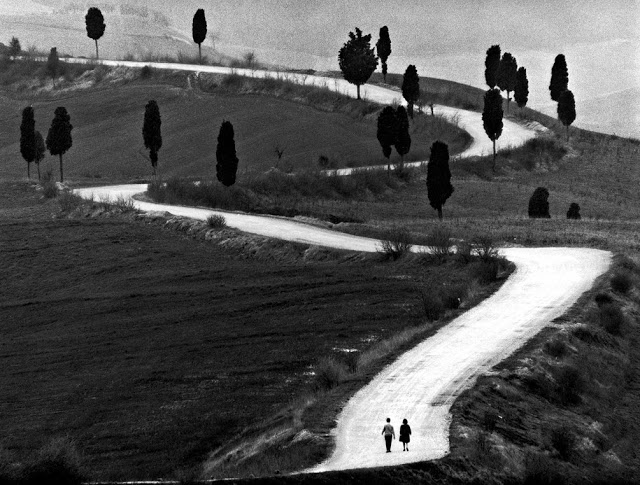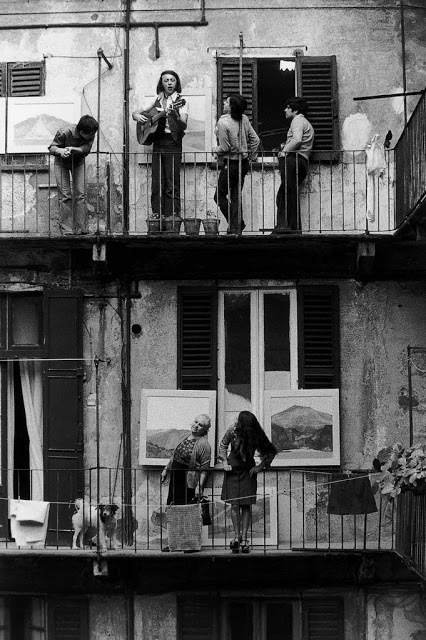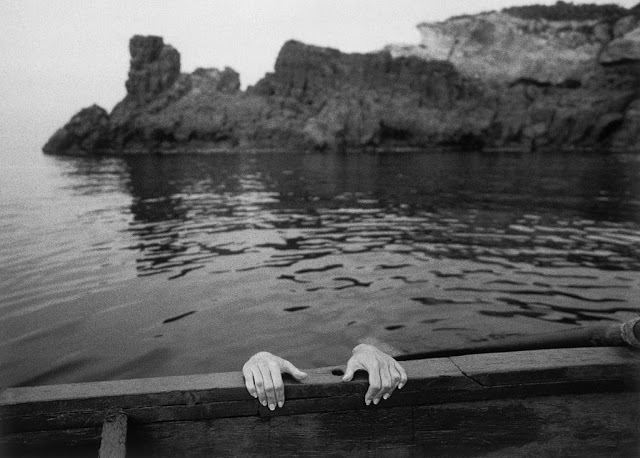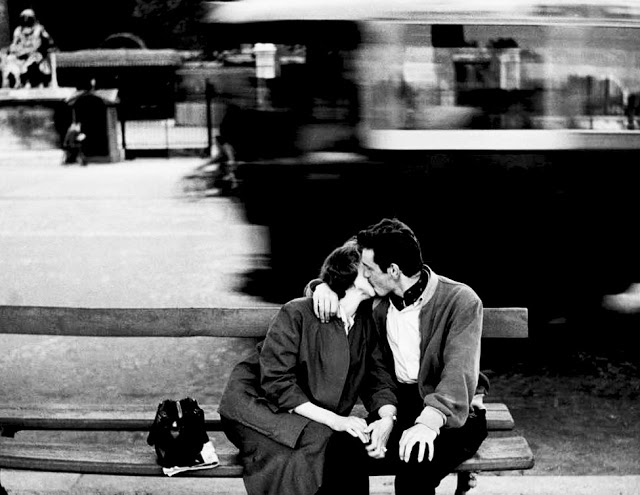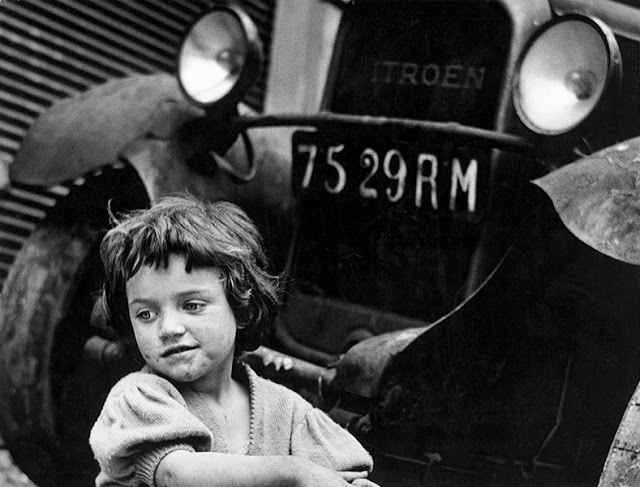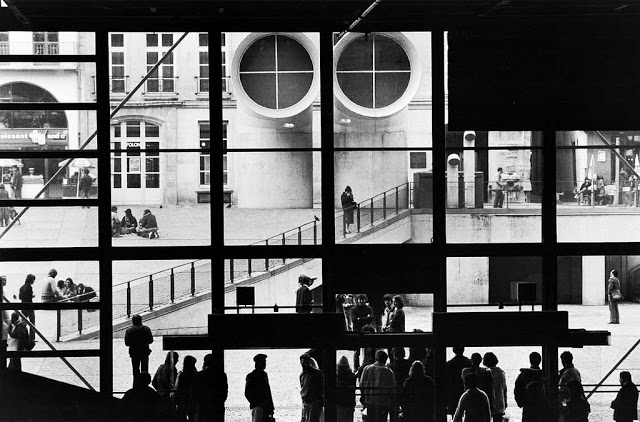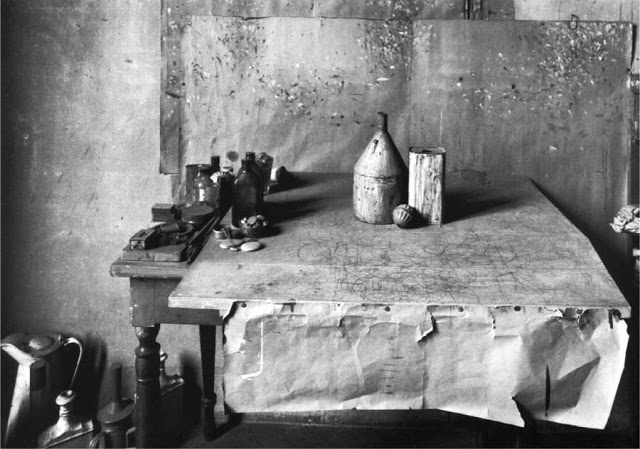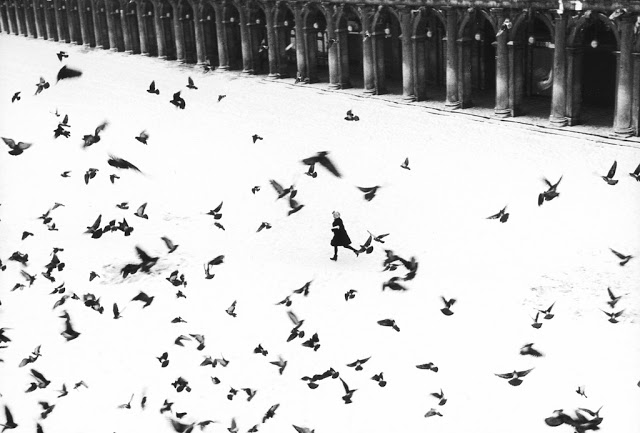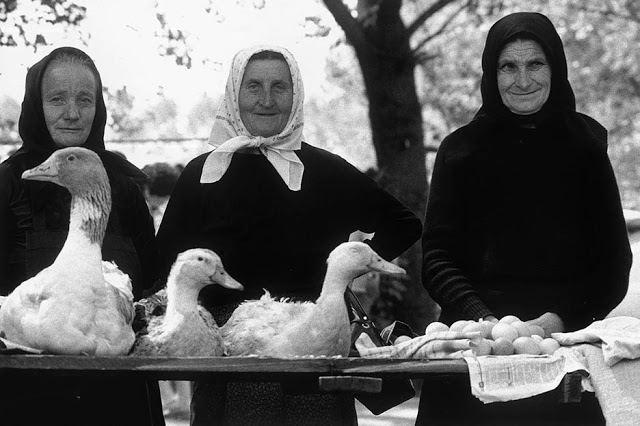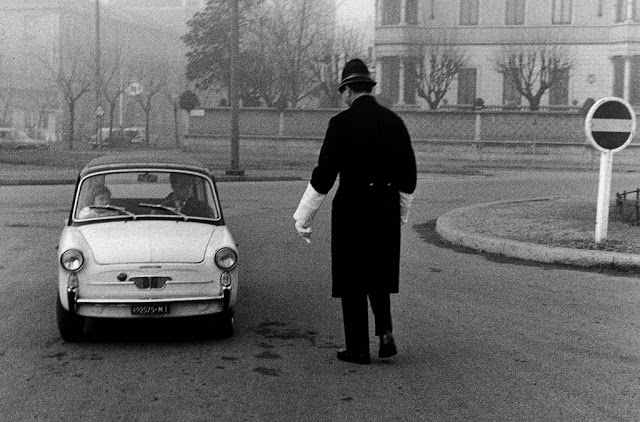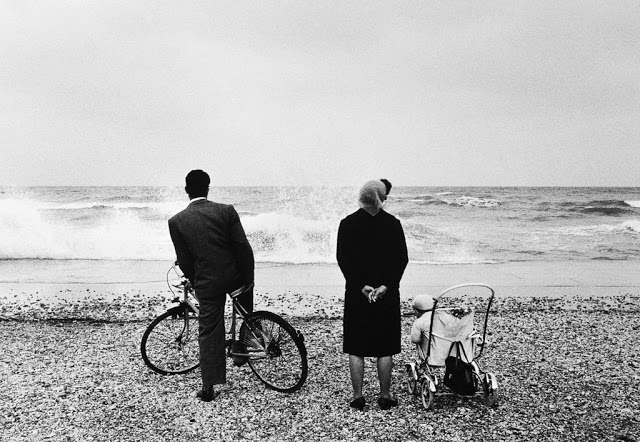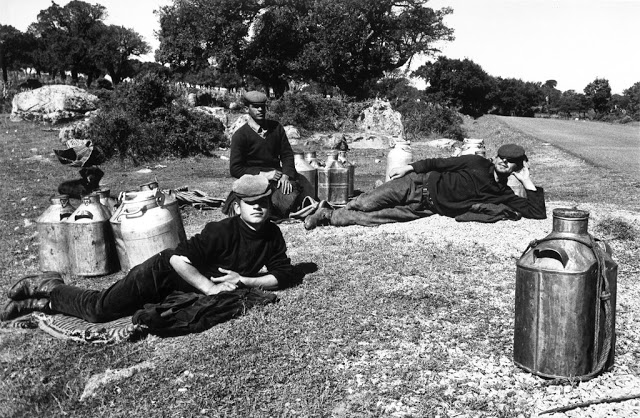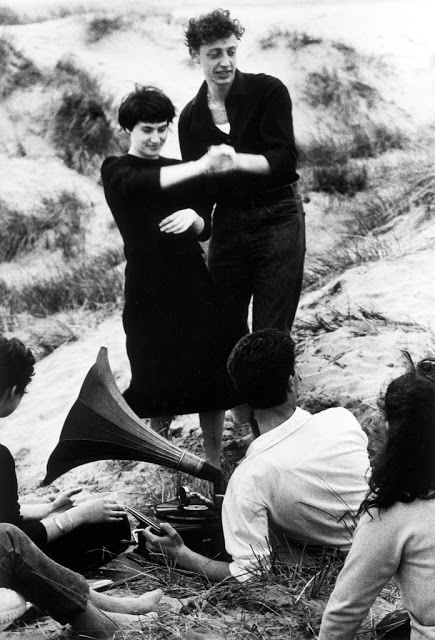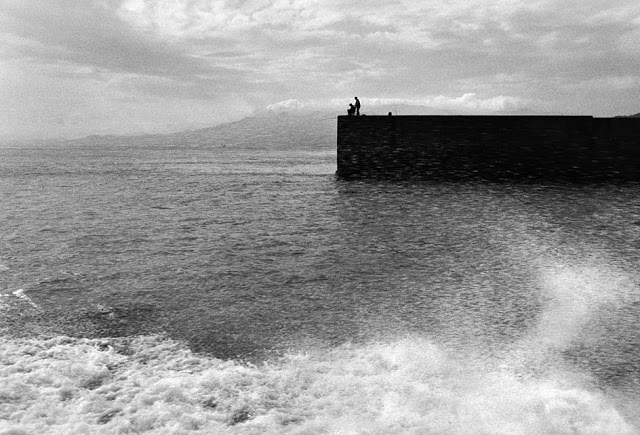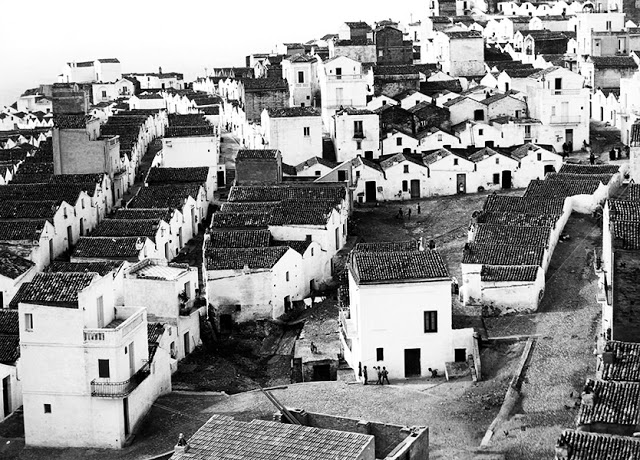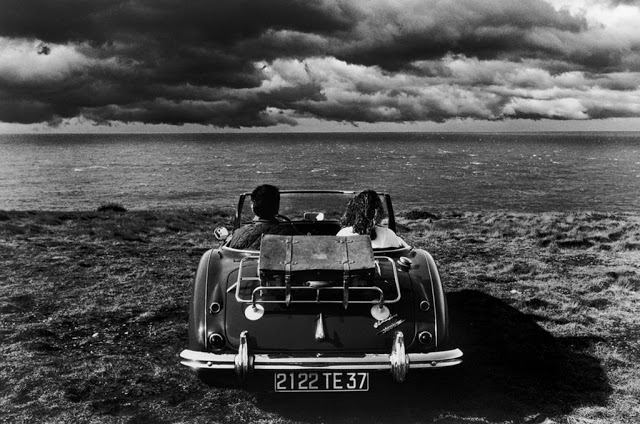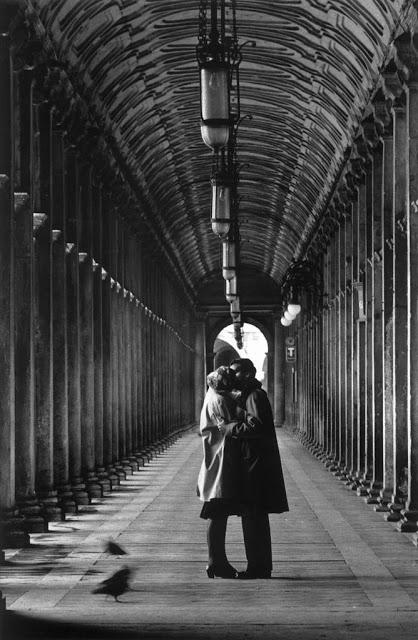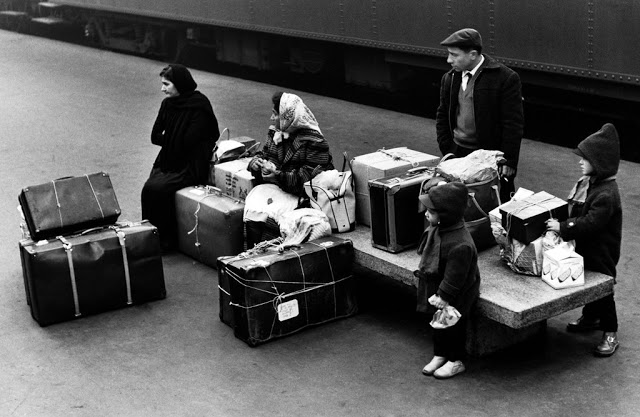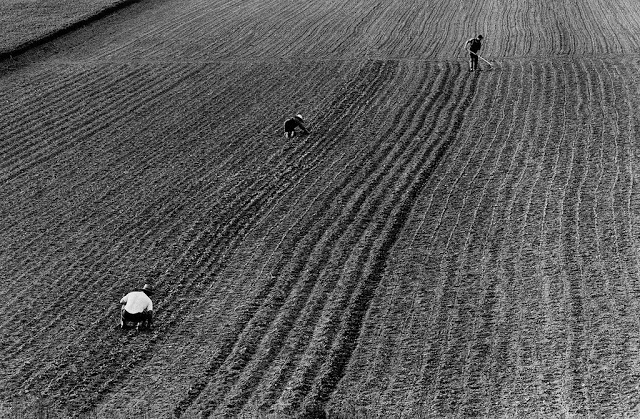La Bella Italia has gifted the world with many great artists, valuable poets and superb photographers. One of Italy’s best photographers is Gianni Berengo Gardin, who devoted his life to capturing the beauty of Italy and transforming everyday triviality into an artistic fragment of time.
Gianni Berengo Gardin was born in the 1930s, he took his first photo at the age of 24, and from that point, the camera has been his loyal companion.
His approach to photography relies on the fact that he uses only black and white film, no digital camera or computerized post production.
Take a look at the fantastic collection of Italy in 1960.
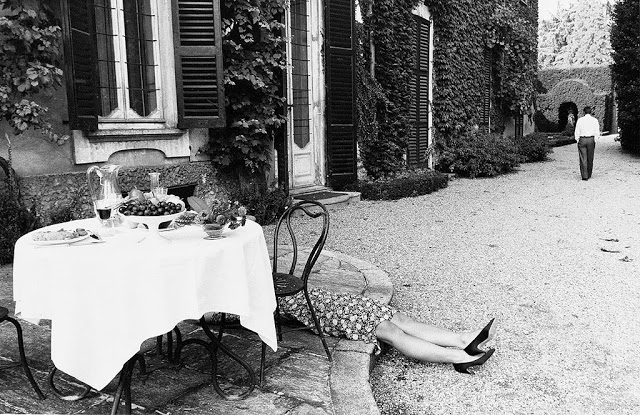
The aftermath of World War II left Italy with a destroyed economy and a divided society. Following Victor Emmanuel III’s abdication, his son, the new king Umberto II, was pressured by the threat of another civil war to call a Constitutional Referendum to decide whether Italy should remain a monarchy or become a republic. On 2 June 1946, the republican side won 54% of the vote and Italy officially became a republic. All male members of the House of Savoy were barred from entering Italy, a ban which was only repealed in 2002. Under the Treaty of Peace with Italy, 1947, the eastern border area was annexed by Yugoslavia, while Italy lost all its overseas possessions.
The General Elections of 1946, held at the same time as the Constitutional Referendum, elected 556 members of a Constituent Assembly, of which 207 were Christian Democrats, 115 Socialists and 104Communists. A new constitution was approved, setting up a parliamentary democracy. In 1947, under American pressure, the communist were expelled from the government. The Italian general election, 1948 saw a landslide victory for Christian Democrats, that dominated the system for the following forty years. Italy joined the Marshall Plan and NATO. By 1950, the economy had largely stabilized and started booming. In 1957 Italy was a founding member of the European Economic Community, which later transformed into the European Union.
In the 1950s and 1960s the country enjoyed prolonged economic boom, which was accompanied by a dramatic rise in the standard of living of ordinary Italians. The so-called Italian economic miracle lasted almost uninterrupted until the “Hot Autumn’s” massive strikes and social unrest of 1969–70, that combined with the later 1973 oil crisis, gradually cooled the economy, that has never returned to its heady post-war growth rates.
The needs of a modernizing economy demanded new transport and energy infrastructures. Thousands of miles of railways and highways were completed in record times to connect the main urban areas, while dams and power plants were built all over Italy, often without regard for geological and environmental conditions. Strong urban growth led to uncontrolled urban sprawl.
The natural environment was constantly under threat by wild industrial expansion, leading to ecological disasters like the Vajont Dam collapse and the Seveso chemical accident. The boom had also a huge impact on Italian society and culture. The pervasive influence of mass media and consumerism on society has often been fiercely criticized by intellectuals like Pier Paolo Pasolini and film directors like Dino Risi, Vittorio De Sica and Ettore Scola, that stigmatized selfishness and immorality that characterized miracle’s years.
